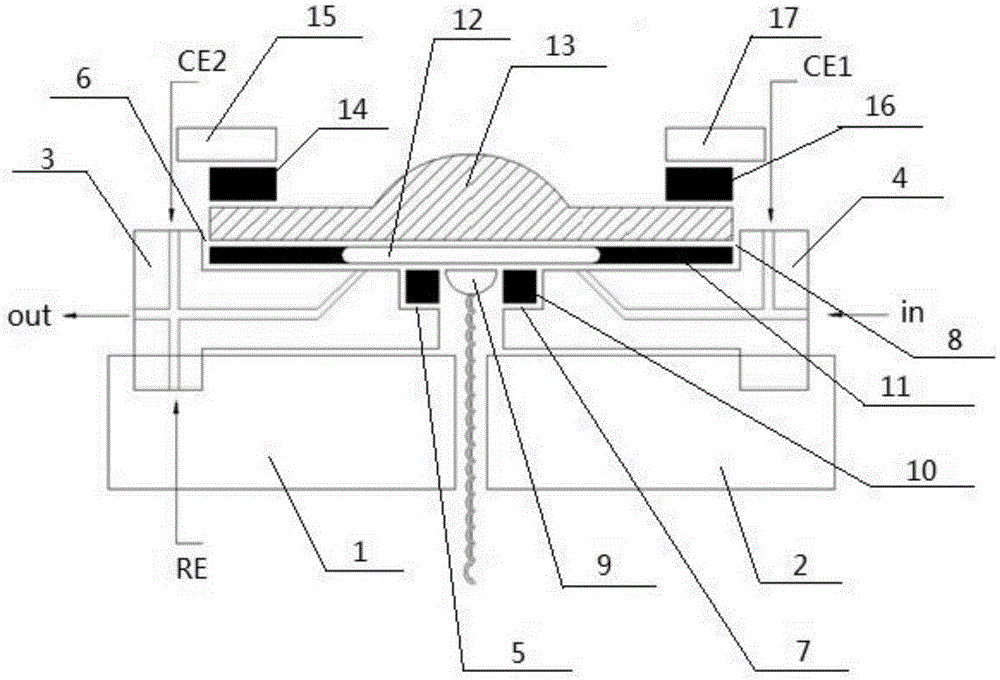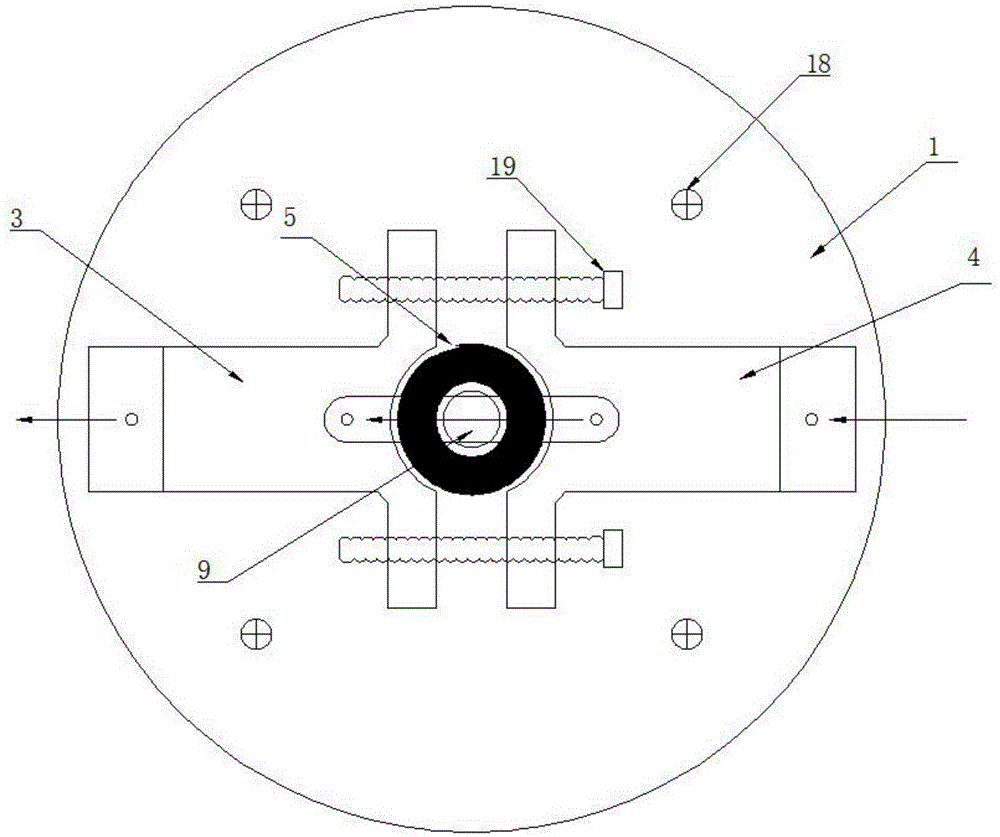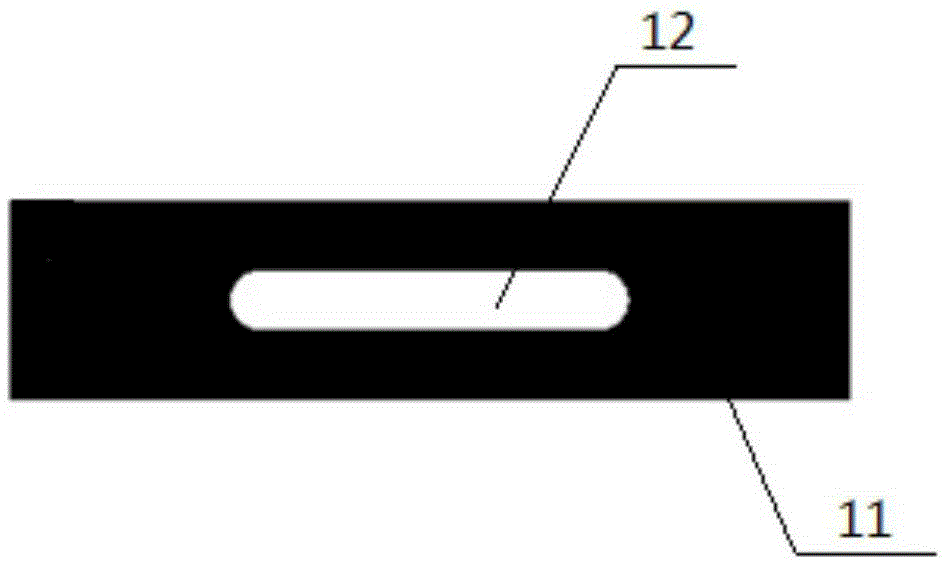Thin-layer flow electrolytic cell applicable to electrochemical in-situ Raman spectrum detection
An in-situ Raman and spectral detection technology, applied in the field of Raman spectroscopy detection and analysis, can solve the problems of low Raman light collection efficiency and low detection sensitivity of electrochemical Raman spectroscopy, so as to improve the collection efficiency and detection sensitivity, reduce the Differences and the effect of improving collection efficiency
- Summary
- Abstract
- Description
- Claims
- Application Information
AI Technical Summary
Problems solved by technology
Method used
Image
Examples
Embodiment 1
[0071] Raman spectra of Pd-C and C=O saturated with CO adsorbed on an electrode composed of 55nm Au2MLPd core-shell nanoparticles:
[0072]The 55nm Au2MLPd core-shell nanoparticles were synthesized according to the literature method and made into thin film electrodes on glassy carbon electrodes. Put the electrode into the O ring whose inner diameter is almost the same as its own diameter, use the left cell body with the first left groove and the second left groove and the right cell body with the first right groove and the second right groove Press it tightly so that the electrode is located in the space formed by the first left groove and the first right groove; then cover the electrode with a hollow silicone pad with a thickness of 0.5mm and a hemispherical window in the middle, the silicone pad and the window are positioned in the space formed by the second left groove and the second right groove, meanwhile, the bottom of the hemispherical window, the hollow part of the sil...
Embodiment 2
[0074] The Raman spectra of Pt-C and C=O saturated with adsorbed CO were obtained on 55nmAu1MLPt, 55nmAu2MLPt core-shell nanoparticles and Pt(111) electrodes:
[0075] The procedure on 55nmAu1MLPt and 55nmAu2MLPt core-shell nanoparticles is consistent with that in Example 1. A Pt(111) single crystal electrode was prepared according to the literature. The shape of the electrode is hemispherical, and the surface of the hemisphere has only a flat surface, which is the surface we want to study, and only this surface can contact the solution. Put the cleaned single crystal electrode into the O ring whose inner diameter is almost the same as its own diameter, use the left cell body with the first left groove and the second left groove and the first right groove and the second right groove The right cell body of the groove presses it tightly so that the electrode is located in the space formed by the first left groove and the first right groove; then cover the electrode with a hollow...
Embodiment 3
[0077] Raman spectra of saturated CO adsorbed on rough Pt thin film electrodes obtained by SHINERS technology at different temperatures:
[0078] First of all, temperature correction should be carried out: put the thermometer head into the O ring whose inner diameter is almost the same as its own diameter, use the left pool body with the first left groove and the second left groove and the first right groove and the second right groove. The right cell body of the groove presses it tightly so that the electrode is located in the space formed by the first left groove and the first right groove; then cover the electrode with a hollow, 0.5mm thick silicone pad and a hemispherical middle The window, the silica gel pad and the window are located in the space formed by the second left groove and the second right groove, meanwhile, the bottom of the hemispherical window, the hollow part of the silica gel pad and the upper surface of the electrode form a solution cavity, and The spheri...
PUM
| Property | Measurement | Unit |
|---|---|---|
| thickness | aaaaa | aaaaa |
Abstract
Description
Claims
Application Information
 Login to View More
Login to View More - R&D
- Intellectual Property
- Life Sciences
- Materials
- Tech Scout
- Unparalleled Data Quality
- Higher Quality Content
- 60% Fewer Hallucinations
Browse by: Latest US Patents, China's latest patents, Technical Efficacy Thesaurus, Application Domain, Technology Topic, Popular Technical Reports.
© 2025 PatSnap. All rights reserved.Legal|Privacy policy|Modern Slavery Act Transparency Statement|Sitemap|About US| Contact US: help@patsnap.com



